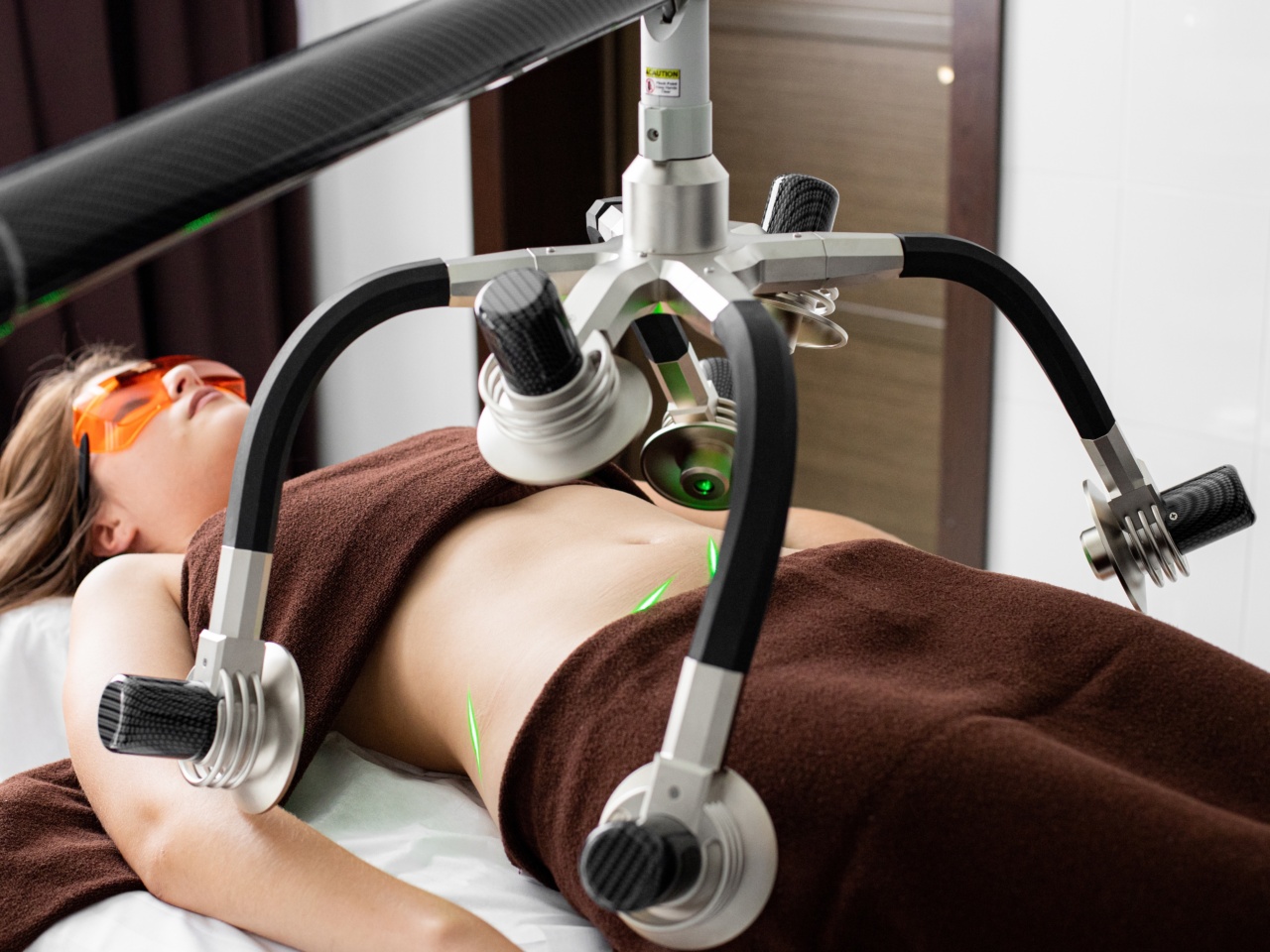Pregnancy is an incredible experience that brings a lot of changes to women’s bodies. One of the most significant changes is weight gain, which is natural and necessary for a healthy pregnancy.
However, once the baby is born, some women find it difficult to shed the extra weight, particularly the postpartum belly fat.
While it’s not unusual to have a little belly fat after giving birth, it can also be demoralizing, especially for women who took good care of themselves during pregnancy.
The good news is that postpartum belly fat can be lost, but it requires effort and patience. In this article, we’ll explore how to lose postpartum belly fat and achieve a flat, toned belly.
Understand why belly fat after pregnancy is challenging to lose
Before we dive into the solutions, it’s essential to understand why postpartum belly fat is challenging to lose. Firstly, your body needs time to recover after childbirth.
Your uterus will shrink, but it takes six to eight weeks for it to become pre-pregnancy size.
Secondly, breastfeeding moms may find it hard to lose belly fat because breastfeeding requires a lot of energy. Your body needs extra calories to produce enough milk for your baby, and this can put a spanner in the works when it comes to weight loss.
However, with a little effort, it’s possible to achieve your weight loss goals gradually.
1. Start Slow
Don’t try to lose all your excess weight at once. Instead, incorporate diet and exercise slowly into your routine. This way, you can avoid excessive stress on your body, which may lead to injury or illness.
Start by introducing gentle exercises such as walking, yoga, or Pilates into your daily routine and gradually increase the intensity and duration.
Breastfeeding moms must ensure that they don’t reduce their calorie intake drastically.
Women who breastfeed need about 500 more calories a day, so it’s essential to eat well to provide enough nutrients for your baby and keep your energy levels up. It’s also important to opt for nutrient-rich foods such as lean proteins, fruits, vegetables, and whole grains.
2. Focus on Cardio Exercises
Cardio exercises are an excellent way to burn calories and fat, which helps you lose the belly fat after pregnancy. Activities such as running, jogging, swimming, and cycling are all excellent cardio exercises.
Engaging in a cardio workout for at least 30 minutes a day can significantly contribute to burning the excess fat, particularly in the belly area. It’s essential to gradually increase the intensity of the workout to avoid any injury or burnout.
3. Don’t forget strength training
Strength training is essential for building muscle, which helps to boost your metabolism, leading to increased calorie burn even when your body is at rest. Strength training includes exercises such as lunges, squats, push-ups, and dumbbell exercises.
It’s important to start slowly and use light weights and gradually increase the intensity as your body gets used to it.
4. Get the help of a professional
If you’re unsure about how to start shedding postpartum belly fat or have concerns about a postpartum exercise plan, seek the help of a professional.
A certified personal trainer who has experience in postpartum weight loss can give you a workout plan that’s tailored to your specific needs. This will ensure that you don’t overdo it and put undue stress on your body and that you achieve your weight loss goals safely and effectively.
5. Get Enough Sleep
Getting enough sleep at night may be a challenge with the new baby in the house, but getting adequate rest is crucial for weight loss. Lack of sleep could lead to the production of cortisol, which can lead to increased belly fat.
Studies have shown that the amount and quality of sleep affect weight loss outcomes, so it’s essential to ensure that you get at least seven hours of sleep at night.
6. Stay hydrated
Water is essential for shedding postpartum belly fat. Drinking adequate amounts of water keeps you hydrated, which helps to flush out toxins in your body, leading to better weight loss results.
It’s advisable to drink at least eight glasses of water a day, but breastfeeding moms may need more because they require more fluids to make milk for their babies.
7. Do Kegel Exercises
Kegel exercises target the muscles in your pelvic area, helping you tone your postpartum belly. Kegel exercises are easy to do and can be done anywhere, anytime. Simply squeeze your pelvic muscles, hold for three seconds, and then release them.
Repeat the process several times throughout the day.
8. Take care of your Mental Health
Postpartum depression can cause women to gain weight and make it challenging to lose postpartum belly fat. Mental health and weight loss are often intertwined.
When you’re stressed, it could lead to binge eating or lack of sleep, both of which can lead to increased belly fat. It’s essential to take care of your mental health by speaking to a counselor, joining a support group, or partaking in activities that you enjoy.
9. Be Consistent
The key to losing postpartum belly fat is consistency. It’s important to be consistent with your diet and exercise routine to achieve your weight loss goals. Don’t give up if you don’t see immediate results.
Keep at it, and you’ll eventually see the belly fat disappear.
10. Be Patient with Yourself
Finally, it’s crucial to be patient with yourself when it comes to losing postpartum belly fat. Your body has undergone significant changes, and it takes time to heal, recover, and get back into shape.
Don’t compare yourself to other moms who may have lost their baby weight faster. Everyone’s journey is different, and it’s better to focus on your progress and celebrate small milestones along the way.






























